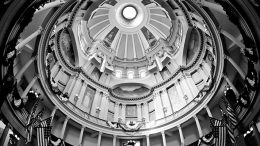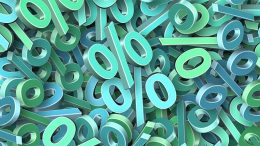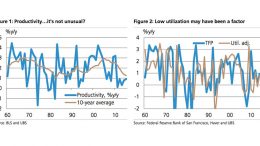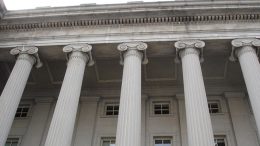Can Politics Mess It All Up?
AXA IM | While the magic of Mario Draghi was being fully played out, the economic and financial outlook looks on an improving path to recovery in a post-crisis world. Clouds in this blue –but not entirely clear– sky may emerge from the political sphere.










